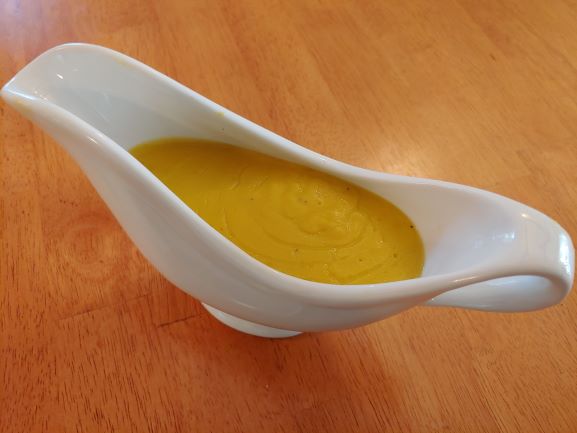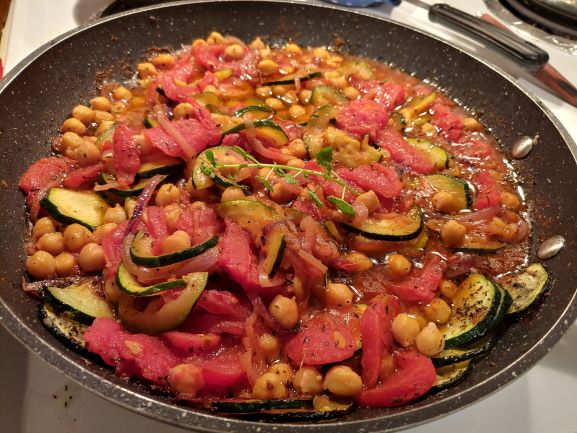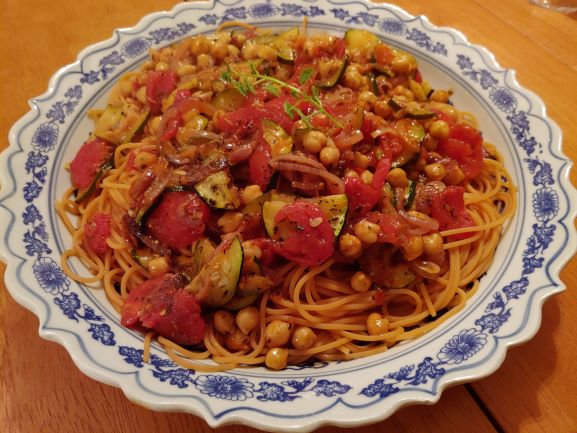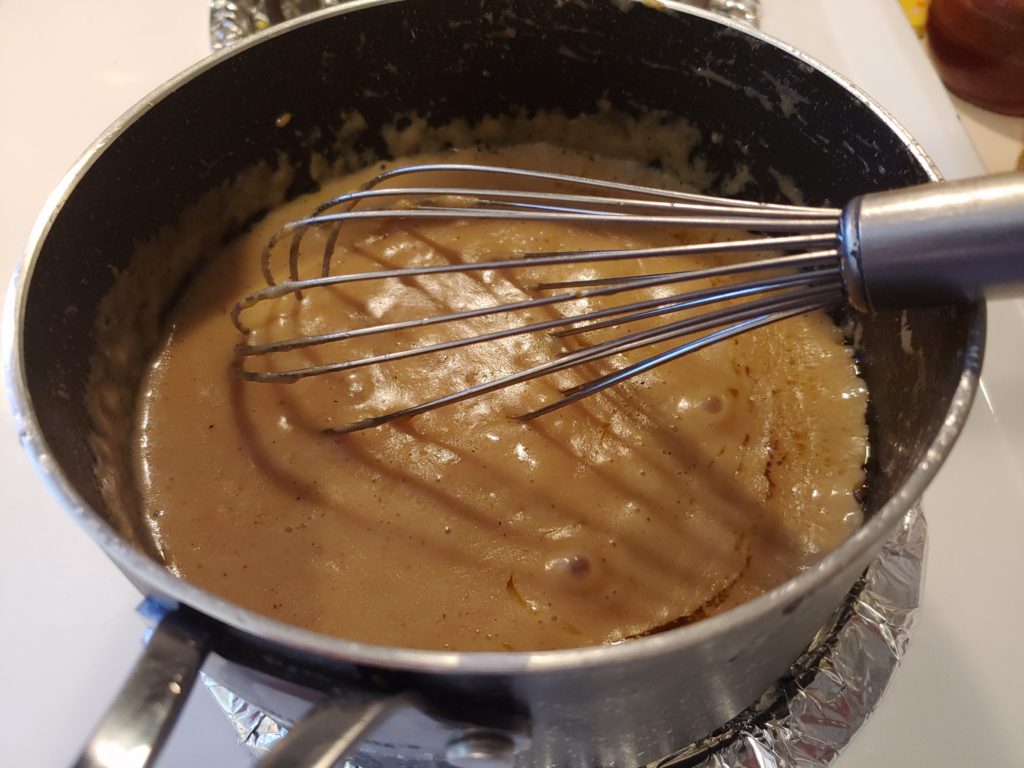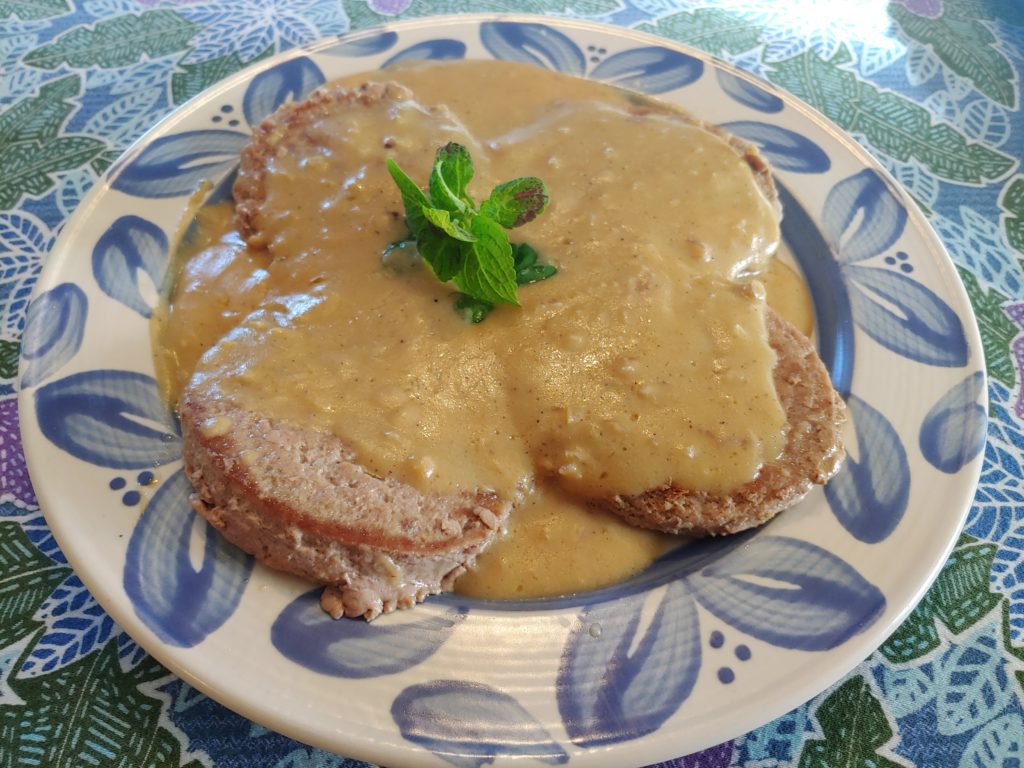
One of my favorite ways of preparing meatballs is how our Greek brethren do it. I have long been a fan of Greek cuisine. They have 3,000 years of history in terms of cooking. We can learn a thing or two from them. So, you can consider this posting as a Greek meal. Simply, it’s meatballs (keftaides) over rice with fideo (pilafi me fides). The latter dish is just rice combined with cut thin spaghetti (fideo). Back in Spanish Harlem almost every household would add fideo to their soups. We never thought of combining it with rice (another innovation by our Greek brothers and sisters).
With this Greek dinner I took the liberty of adding saltsa bechamel to the meatballs. Saltsa bechamel is the Greek method of preparing béchamel sauce, that fame sauce attributed to French cuisine (although some historians state its origin is actually Tuscany—but that’s another story). Add some good Greek wine like a Agiorgitiko from Nemea or Xinomavro from Naoussa, and you’ll have a dinner that will transform you to a sunset evening in Athens. Don’t let the Greek wine tongue twisters deter you. An Agiorgitiko is similar to a Merlot. With a Xinomavro, think of a Barolo or Pinot Noir.
For this dinner, I would suggest making the béchamel sauce first. You can set it aside and heat it up again with the main course; then preparing the rice with fideo. While the rice is cooking, you can make the meatballs, which are served drizzled with the sauce.

SALTSA BECHAMEL
Ingredients:
4 tablespoons butter
6 tablespoons flour
1 teaspoon salt
¼ teaspoon pepper
Dash of nutmeg
2 cups milk
2 egg yolks, slightly beaten
Instructions:
Melt butter over low heat. Add flour, salt, pepper and nutmeg. Stir until blended into a consistent paste. Remove from heat. Gradually stir in milk and return to heat. Cook, stirring constantly until thick and smooth. Remove from heat and gradually add egg yolks, stirring constantly. Yield: 2 cups
RICE WITH FIDEO
Ingredients:
1½ cups long grain rice
¾ cup fideo (or crushed vermicelli)
4 tablespoons butter
3 cups chicken broth
1 teaspoon dried chives
Instructions:
Combine the rice and fideo and sauté in butter in a 2-quart pan or pot until golden brown. Add chicken broth and chives. Cover and cook over very low heat until the liquid is absorbed, about 30-40 minutes. Fluff with a fork and serve. Yield: 4 or more servings.
GREEK MEATBALLS:
Ingredients:
2 pounds ground beef or a mixture of beef and pork or lamb
1 cup bread crumbs
1 teaspoon salt
1 medium onion, peeled and chopped
3 tablespoons fresh chopped parsley or 1 teaspoon dried
2 cloves garlic, peeled and minced
1 tablespoon fresh chopped mint or 1 teaspoon dried
1 egg, beaten
¼ cup ouzo or anisette
1 cup flour
½ cup olive oil (or more if needed).
Instructions:
- Combine meat, bread crumbs, salt, onion, parsley, garlic, mint, egg and ouzo. Mix well.
- Form into meatballs and roll them in the floor. Note that we like our meatballs medium-sized, not small. Place on a cookie sheet and chill for 1 hour.
- Heat oil in a large skillet or frying pan and fry meatballs over medium-high heat until done, about 15-20 minutes. Serve them hot.
Yield: Makes about 32 meatballs (4 to 6 servings).








